Outrage As Price Of 12.5kg Of LPG Rises By 97.4% Cent In 12 Months
RESIDENTS of Lagos and Ogun states are lamenting as the price of 12.5kg of Liquefied Petroleum Gas (LPG), otherwise known as cooking gas rose from N3,800 in October 2020 to N7,500 in October 2021.
This represents 97.37 percentage increase in the 12 months. Investigations showed that except urgent steps are taken to ease bottlenecks affecting the supply of LPG to consumers, the price of 12.5kg gas cylinder may hit N10,000 before December 2021.
Findings further showed that a 12.5kg cooking gas cylinder was sold in Lagos for N3,800 in October 2020, N4,500 in June and July 2021, N6,000 in September, and now N7,500 in Lagos and Ogun states, depending on locations.
Major fear among consumers and stakeholders is that the price may jump to N10,000 soonest unless urgent steps are taken to increase local production and improve supply to the market. Experts who spoke with Nigerian Tribune blamed the price hike of LPG on dearth of infrastructure, global shortfall in gas supply, inadequate local production, shortage of FOREX, devaluation of naira and logistic hitches.
Already, the current price hike has triggered the use of charcoal and kerosene stoves as alternatives by some residents in Lagos and Ogun states.
Most of these consumers who have been lamenting over the price hike narrated their harrowing experiences to the Nigerian Tribune when interviewed.
They said they have found it difficult to cope with the price hike, thereby, alternating between the use of charcoal and kerosene stoves. Lamenting, a resident in Ojodu, Lagos, who identified herself simply as ‘Mummy Faith,’ a trader, said that incessant hike in cooking gas price had affected other commodities in the market.
According to her, the situation has gone beyond control among people with low purchasing power, adding that she would not mind going back to the use of firewood and kerosene stoves if the price continues to rise.
“If someone like me is lamenting, you can imagine what hundreds of other residents are going through.
“Many of them have gone back to firewood and charcoal for their domestic cooking. You can see my coal-pot here,” she said.
According to the woman, it’s becoming cheaper to cook with charcoal at N200 per bucket of paint than buying 3kg of cooking gas at N2,000 or 12.5kg at N7,500, excluding transportation. Another resident in Magboro, Ogun State, Mrs Taibat Olubisi, said with the increase in the price of cooking gas, she only cooked once in a day and micro-waved the food with electricity in the evening.
For other residents in the neighbourhood, she said some now patronise charcoal and firewood dealers, without considering the health implications.
“It is not that we want to use charcoal, but because the price of cooking gas is going beyond our reach; we have to cut our coat according to our cloth. We still have other responsibilities begging for attention,” Olubisi said.
One Mr Oguntola, on his Facebook page, decried the astronomical rise in the price of cooking gas.
He wrote: “The 12.5 gas cylinder I bought for N3,800 last year is now N7,500.”
A resident of Ogba, Mr Femi Aliu, said the increase in the price of cooking gas had affected the price of a plate of food sold to customers by food vendors.
A gas retailer in Abule-Egba, Mrs Pat Okafor, said: “They also called us that the price has increased from the depot. So we don’t have any choice than to jack up the price. It is what we bought that we are selling.”
As of the time of filing this report, there was no solution in sight for the rising price of cooking gas as the major supplier, the Nigerian Liquefied Natural Gas (NLNG), blamed marketers for their inability to offtake the full 450,000MTPA of Liquefied Petroleum Gas (LPG) allocated to the Nigerian market.
Reasons for price hike
The Nigerian Association of Liquefied Petroleum Gas Marketers (NALPGAM) has attributed the current rise in the price of LPG to inadequate supply of the product into the domestic market and Federal Government’s re-imposition of Value Added Tax (VAT) on imported LPG, among others. NALPGAM’s Executive-Secretary, Bassey Essien, when interviewed on Thursday in Lagos, noted that the supply of LPG had fallen below the demand, explaining that following the market dynamics, particularly over a deregulated market, the forces of demand and supply would have its effect on pricing.
“The first issue to address is how we can ensure there is constant availability of cooking gas in the country,” Essien said.
He explained that the current consumption level is over 1,000,000 metric tons, but that the quantity available locally is in the range of 450,000MT, thanks to supply by NLNG.
According to the NALPGAM boss, the cumulative domestic supply accounted for 40 per cent while the balance 60 per cent was imported.
“The difference is sourced through importation,” he said.
Still justifying reasons for the price hike, he said: “For the import volume, investors must source for foreign exchange to import through the banks and other available sources. The naira has been so devalued that it competes unfavorably against the dollar. “
Both locally-sourced LPG and the imported one are priced at the international market price denominated in dollars. Various agencies’ charges on the imported cargoes are also dollar denominated.
“The proposed reintroduction of VAT at 7.5 per cent and customs duties applicable and also to be applied retrospectively will worsen the price,” Essien said.
Suggesting the way out, Essien canvassed the provision of enough LPG from local sources so that the product would be readily available and accessible so its supply would be able to meet the demand.
According to him, since the country still depends on imported LPG, government should give priority attention to all the issues confronting importers so that imported LPG can arrive the country and still sell at a price that will be easily affordable to the consumers.
The National Operations Controller, Independent petroleum Marketers Association of Nigeria (IPMAN), Mike Osatuyi, blamed the situation on the market forces of demand and supply, pointing out that if gas is abundantly available, the price would come down.
“Since government promised to provide gas as alternative energy use, it knows what to do,” he said, advising that the government should collaborate with independent marketers to engage their gas skid for easy distribution.
Osatuyi is of the opinion that if the necessary issues responsible for the gas price hike are not addressed on time, the price of a 12kg gas cylinder may hit N10,000 before December 2021. Ex-chairman, SPE Nigeria, Joe Nwakwue, said something urgent must be done to reduce the cost of gas. He explained that three major factors were responsible for the price hike, pointing out that the bulk of the LPG in the country was being imported and that supply from NLNG was also being sold based on Mont Belvieu in dollars.
Mont Belvieu prices, he said, had increased by 163 per cent in the past years due to a global shortfall in gas supply, adding that the naira had also been devalued significantly, thereby, increasing the cost of the product in naira.
“In other words, LPG global prices have gone up and the naira devaluation has compounded the problem,” he said, while adding that the logistics challenge is also an inhibiting factor.
“Also, we have significant logistics and supply challenges. 50 per cent of the end-user price is actually marketing and distribution costs,” Nwakwue said.
Nwakwue is of the opinion that the nation needs a revamped and cost-efficient production and distribution system to effectively deliver gas to homes. “While local pricing of LPG is tied to a global pricing benchmark, it needs to be moderated by significant local production to minimise the exchange rate pass-through,” he added.
The Marketing Manager, NLNG, Mr Austin Ogbogbo, in an interactive session with journalists in Lagos recently, blamed the dearth of infrastructure and other factors as major causes of gas shortage.
Ogbogbo noted in a report that NLNG was not responsible for the supply shortfall of LPG and the consequent price hike across the country. The company also corrected the insinuation that NLNG produces 22 million tonnes per annum (MTPA) of LPG or cooking gas.
He said NLNG is primarily an export company that produces 22 MTPA of liquefied natural gas (LNG) and five MTPA of natural gas liquids (NGLs), and that it is also erroneous to say that NLNG contributes to the supply shortfall of cooking gas in Nigeria and consequent price hike.
“The price of LPG in the domestic market is dependent on several market factors, including the forces of demand and supply,” he said.
TRIBUNE
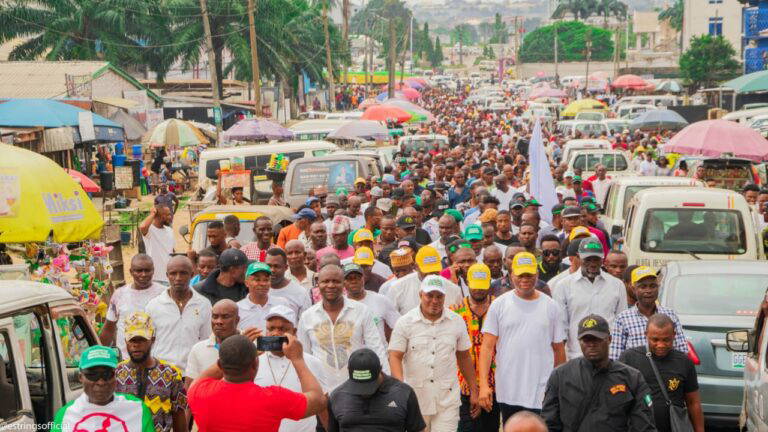
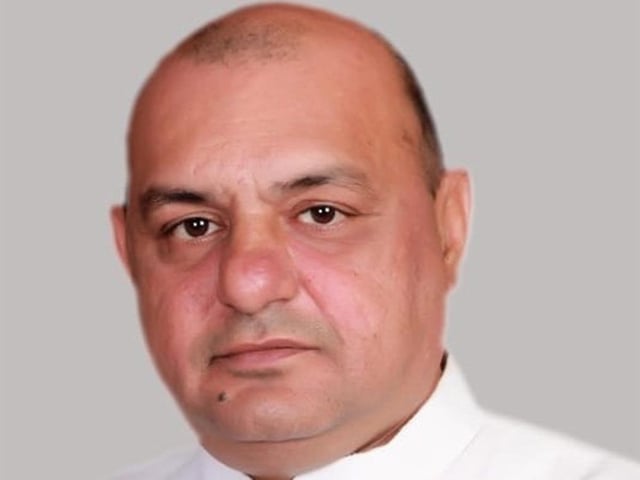
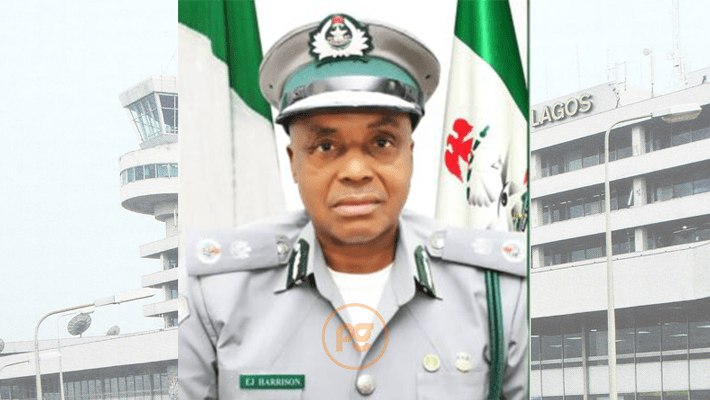
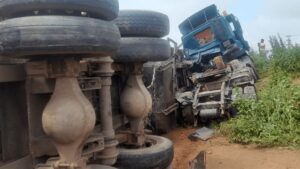



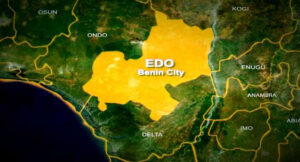
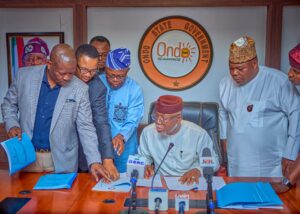

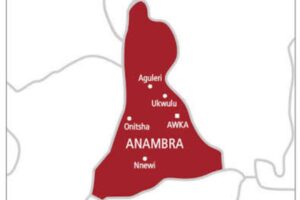
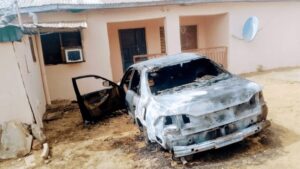
Post Comment